New Air Purifier May Offer Robust Protection Against COVID-19
By Rob Dillard - Last Updated: May 10, 2024UK scientists at Hydroxyl Technologies have developed a new air decontamination technology that can potentially kill COVID-19 and variants in internal spaces within minutes. DocWire News spoke with Gideon Davenport, CEO of Hydroxyl Technologies, to discuss this air purifying system.
DocWire News: Can you provide us with some background on yourself and your company, Hydroxyl Technologies?
Gideon Davenport: Yeah, so Hydroxyl Technologies came about in 2017, but it actually was on the back of a previous company we had developing the same technology called Tri-Air Developments. And Tri-Air Developments we formed in 2006 and I say, we formed, and we formed it with a number of individuals and shareholders where the principal individuals was a gentleman called Alan Mole. And he’s the inventor of the technology. He’s a Microbiologist by his background and training. And he had been exploring this type of technological space for the best part of the 25, 30 years. And when I met up with him in 2005, I funnily enough was looking for a client actually. At the time of mine, I was looking for the next best thing in our decontamination. I came across Alan and Alan had this crazy suitcase prototype that appeared to do something quite miraculous. But from our perspective, it was well, what is it? What does it do? And how is it doing it?
And we formed the company effectively to begin that development, that technological journey called the Tri-Air Developments. And so for 10 years, that was what we were doing, exploring that technology. And Tri-Air got wound up in 2016 because we had a change of shareholders and same principal shareholders, founding shareholders. Then we found a new company called Hydroxyl Technologies Limited. So all of that technology and all of that learning and intellectual property came from Tri-Air went into Hydroxyl Technologies Limited. So we continued the journey so to speak. But it’s probably worth just kind of discussing what the technology [00:02:00] is to put it into context because that’ll kind of be useful.
So back in the late 1950s, early 1960s, there was an experiment conducted in the UK where they were testing the survivability of a non-pathogenic bacteria in outdoor airborne aerosols. And effectually it was a simulation exercise for biological attack. And what they discovered when they undertook this exercise was in outdoor air that had a survival counter of zero.
That wasn’t expected. And what started inside this research establishment was effectively promote what’s going on in outdoor air that led to that happening. And Alan being a Microbiologist, he’s in his early 70s. Back in the late 80s, he came across, he was talking to a friend of his, who was a Professor of Microbiology, he was associated with this study, told him about this outdoor phenomenon. And back then it was termed something called open air factor because they didn’t know what was going on in open air, but there was something that happened. We now know it to be the atmospheric process, which continues all the time outdoors of hydroxyl radicals. And hydroxyl radicals are an atom of oxygen and hydrogen which formed continually in outdoor air. And they are in their volume metric, kind of numb magnitude of a minimum of basically 2 million of them per cubic centimeter of air.
And in some spaces in the world, certainly certain parts of North America for instance, numbers being measured in 40 million of them per cubic centimeter of air. And to simplify and break down how that happens, in outdoor air there’s a combination of processes that create high hydroxyl radicals on a continual basis. And that’s basically UV, ozone and the terpenes, plant oils given off by grasses and trees. And those two key component parts being the ozone and the plant oils, they mix in outdoor air and they form hydroxyl radicals. And as a hydroxyl reacts to something or reacts with itself it forms further hydroxyl radicals. And it’s actually a very complicated three-dimensional kind of cascade process in outdoor air, but it’s ubiquitous and continuous. And in outdoor air, and this is why our governments obviously in the back of the pandemic have been talking about the fact that in outdoor air we are safer.
Well, we are safer because in outdoor hydroxyl radicals are looking to effectively condense on something because they’re missing electrons as a condensation process at a molecular level. And they disrupt the protein layers of viruses and bacteria and effectively make them inert. They inactivate to them so that when we breathe them in effectively, we can’t get infected. And what had happened in the late 1980s and he come across this, as I said, as a Microbiologist. And so then he then spent 25 years trying to recreate that same atmospheric process from a box indoors. And that is in essence what we have. So we have a technology that can be scaled up for large rooms or scale down for small rooms, even to personal devices. That basically is emitting that same outdoor area chemistry, in principle, some hydroxyl radicals. We use UV inside our system, but we also emitting a small amount of ozone, emitting a small amount of controlled terpenes, plant oils. And by emitting them into the room that you’re occupying, you’re creating that cascade chemistry that fires off hydroxyl radicals and give that level of protection.
How was the efficacy of the technology been assessed?
So we’ve done a lot of laboratory-based testing with third parties. So going back to our days from 2006, when we started the company coming forward to very recently, predominantly in third parties laboratories like, the Health Protection Agency in the UK, which is now known as Public Health England, they used to be the HPA when we were working with them at Porton Down. We’ve done lots of testing with them. We’ve done some testing Ottawa University. We’ve done some here with the Building Research Establishment in the UK.
And we’ve tested against all types of things. So we haven’t specifically tested against coronavirus. We’ve been all of last year trying to get hold of a laboratory in the UK that had the bandwidth to allow us to do it. But as you can imagine, with all the track and tracing and the phenomenon of the pandemic, we haven’t been able to get to those types of labs. But we have done testing against new surrogates like MS-2 phage. MS-2 phage is a relatively safe aero stable virus that is used by laboratories because the fact is it’s safe to work with, but it’s also relatively tough. So it was recognized by I think your own CDC now that if you can kill MS-2 phage, then you can have a positive effect on for things like coronavirus. And we’ve tested against bacteria. So we’ve over the years, we’ve tested against Staphylococcus, we’ve tested against E.coli and a number of other kinds of since it causes harm.
What differentiates your system from other air cleaning systems?
So the principal differentiation is what I call latency. So if you imagine I’m sitting in a room here now, and if I had a pepper style hilt or a UV style filter sat on the wall, and it doesn’t really matter what technology uses, but any filter style technology. If somebody was sitting here with me and they sneezed that sneeze is obviously got to pass up through into that filter, be cleaned, processed and come out clean and I breathe in that air. And that’s obviously, that latency just doesn’t happen in real time.
So a filter process is only as good as the air it’s extracting, where it’s extracting whether the contamination is at that point. Our process is doing almost an opposite effect. We are actually deliberately emitting a process into the room. So we’re emitting the cascade chemistry into the room continuously. So if you turn our device off, the hydroxyl radicals we create just disappear because they react to immediately. But by continuously running the device, you create effectively an invisible envelope of continual cascade hydroxyl radicals throughout the entire room. So that now if somebody has to sneeze, the hydroxyl radicals are already there, they’re already looking at the molecular levels to condense on the virus particles. Because that’s what they’re looking to do to scavenge the electron that is missing and effectively they’d be killing it almost instantaneously. It doesn’t have to be sucked up through the box and squirted back out again.
When will the system become commercially available and what stands to be the impact once that occurs?
So we are in the process right now of putting in new investors. So we have engaged a Corporate Finance House here in the UK. And we’ve reached out across the UK, Europe and also into America and looking for new ideally strategic investors. So organizations that obviously have the capital, but also the resources and the strategic understanding to come forward as an investor. And the intention is to start to scale up initial products from this Q4 basically this winter.
We have a number of products in the pipeline that we want to bring forward. The very first device, which has already from our perspective, a CE marked device, and is factually ready to go forward into mass volume ramping up in terms of production is a device designed for rooms of 200 cubic meters and above. So the original kind of belief was that we wanted to bring our forward devices that can service effectively hospital wards, where you’ve got fatally COVID patients, but we also have very quickly plans behind that to bring forward devices that serve smaller rooms. So you have applications in for instance, hotel bedrooms, et cetera. But that’s all a timeline based on that funding coming in being secured.
Closing thoughts?
No, I would like that you know, if anybody out there in terms of this interview understands about the technology and is interested in potentially being invested, by all means come through to visit our websites, Airora, A-I-R-O-R-A.com or attentively hydroxlytechnologies.com.

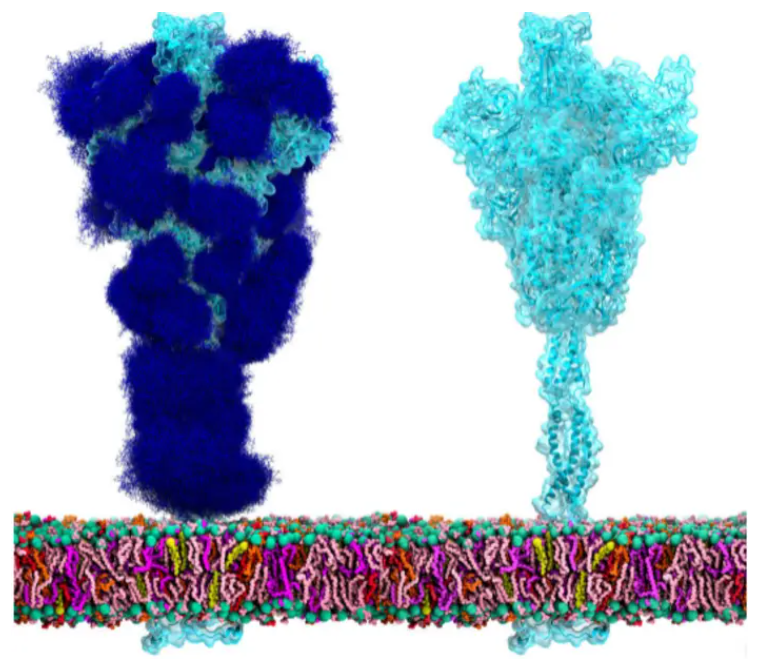
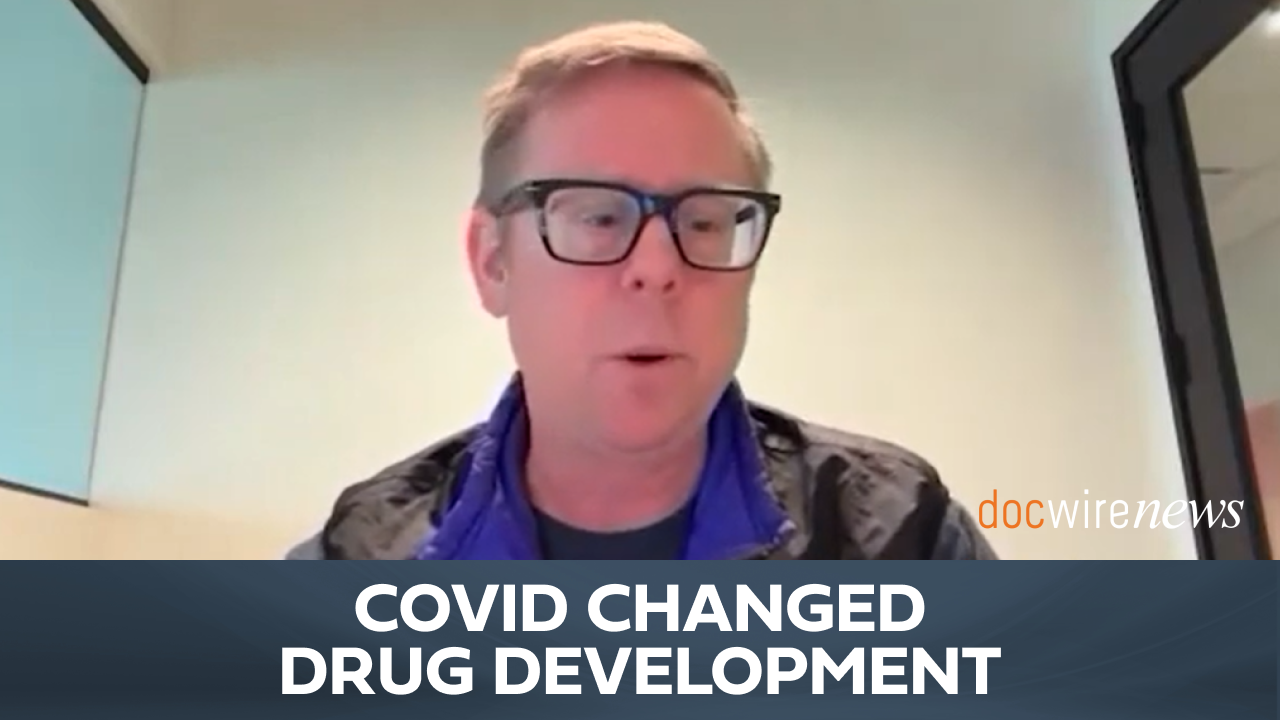
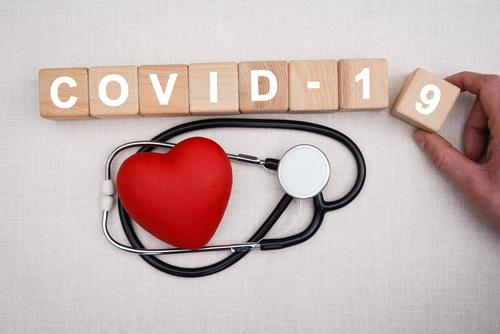
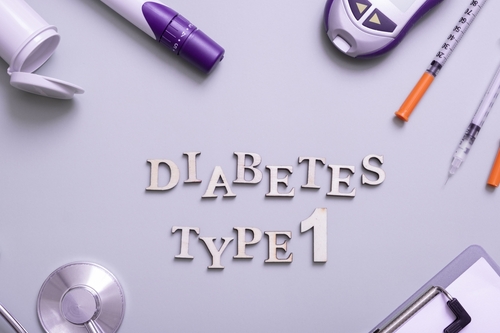
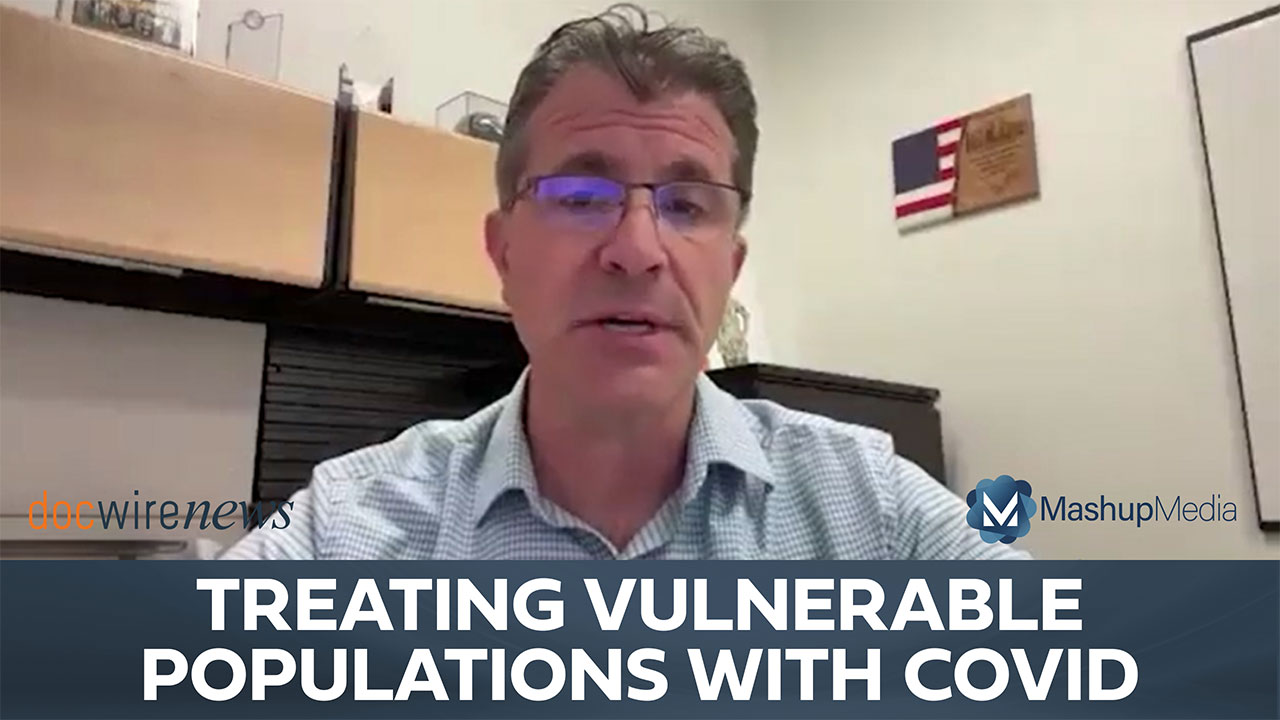

 © 2025 Mashup Media, LLC, a Formedics Property. All Rights Reserved.
© 2025 Mashup Media, LLC, a Formedics Property. All Rights Reserved.